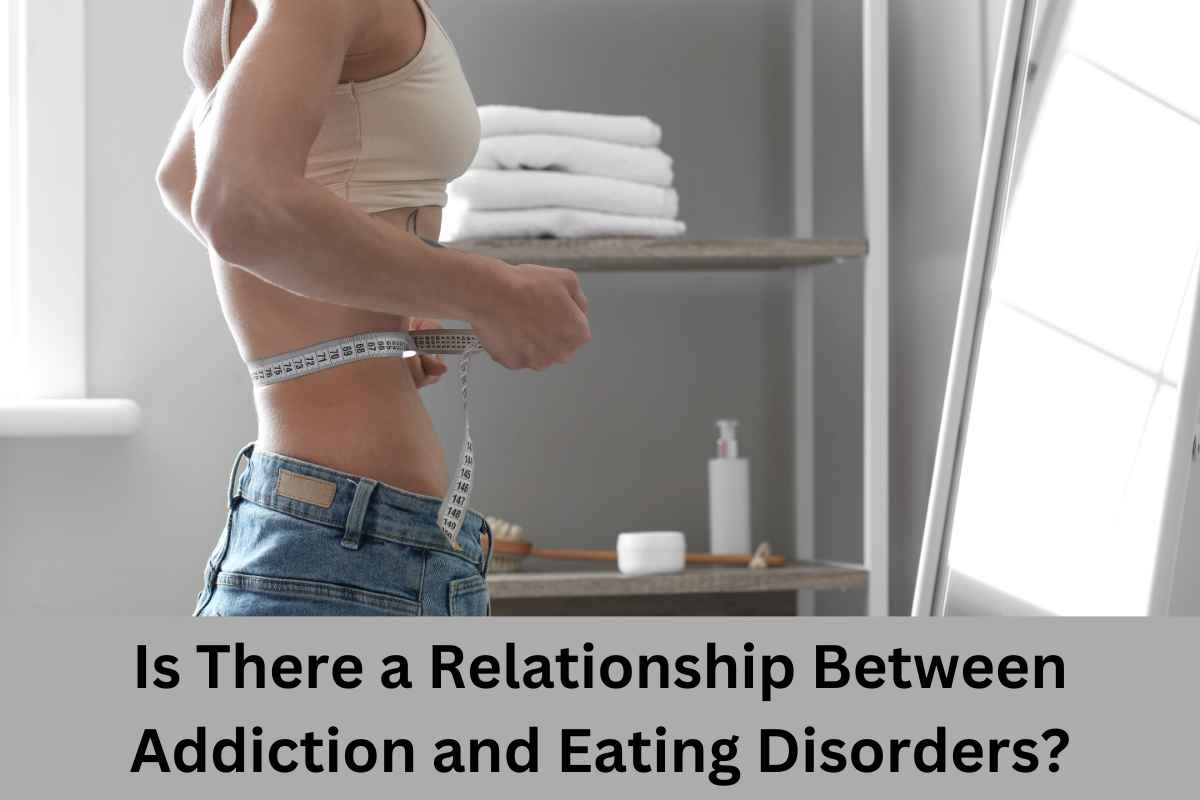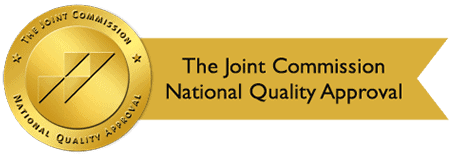By: Design for Change
Categories:
Is There a Relationship Between Addiction and Eating Disorders?
You are here:
An eating disorder can affect anyone, regardless of their age or gender, but women are more often affected than men. It’s not unusual for teen girls to develop eating disorders if they spend a lot of time on social media where body-shaming is common.
What Are Eating Disorders?
A person with an eating disorder typically struggles with their feelings and attitudes about food. Individuals with eating disorders are often stigmatized by people who believe the disorder is a lifestyle choice. Contrary to popular belief, eating disorders are serious health issues that can result in death.
Different Types of Eating Disorders
The 3 most common eating disorders are anorexia nervosa, bulimia nervosa, and binge-eating disorder. Let’s explore the signs and symptoms of each.
> Anorexia Nervosa
Individuals with anorexia nervosa are often dangerously underweight. Yet, they see themselves as overweight. As a result, they weigh themselves repeatedly, restrict their food consumption, or only eat small portions of certain foods.
Anorexia nervosa has two subtypes:
- Restrictive – A person with this type of eating disorder typically severely limits the type and amount of food they consume.
- Binge-Purge – With this subtype of anorexia nervosa, a person greatly restricts the amount and type of food consumed. When these people binge eat, they often vomit or use laxatives to purge the food.
Anorexia nervosa can be fatal. The risk of dying from medical complications caused by starvation is high. Furthermore, many of these individuals commit suicide which is the second leading cause of death in people with this disorder.
Signs and symptoms of anorexia nervosa are:
- Emaciation
- Restricted eating
- Unrealistic fear of gaining weight
- Distorted body image
- Unwillingness to maintain a healthy weight
- Thinning of the bones
- Wasting of the muscles
- Anemia, weakness, lethargy
- Yellowish skin
- Low blood pressure
- Heart problems, multiorgan failure
- Brain damage
- Slowed breathing and pulse
Most people with anorexia nervosa are in denial about the serious consequences of extremely low body weight. For this reason, they don’t seek professional treatment. To control or restrict their eating, some use drugs or alcohol. Over time, their substance use can lead to addiction with another long list of complications to deal with.
> Bulimia Nervosa
An individual with bulimia nervosa typically cycles between binge-eating and purging phases. They eat large amounts of food and then use laxatives or diuretics, excessive exercise, fasting, or a combination of all to offset the calories.
The signs and symptoms of bulimia nervosa include:
- Swollen salivary glands
- Sensitive, worn, or decaying teeth
- Acid reflux disorder
- Sore or inflamed throat
- Intestinal distress
- Severe dehydration
- Electrolyte imbalance
- Stroke or heart attack
Because people with bulimia can be overweight, underweight, or of normal weight, it may be hard to detect the disorder.
> Binge-Eating Disorder
Binge-eating disorder is similar to bulimia nervosa in that people repeatedly consume large amounts of food. However, binge eating is not followed by vomiting or purging, excessive exercise, or fasting.
Signs and symptoms of binge-eating disorder are:
- Consuming large amounts of food in a short time
- Eating even when not hungry
- Continues eating even when already full
- Eating fast during binge episodes
- Eating alone or in secret
- Inability to lose weight
- Shame, distress, or guilt about overeating
Individuals with binge-eating disorders are generally overweight or obese. This disorder is the most common eating disorder in the United States.
Similarities Between Addiction and Eating Disorders
Regardless of age, race, ethnicity, gender, or weight, anyone can develop an eating disorder. The disorder typically appears during the teen years or young adulthood. However, the disorders can develop during childhood or later in life.
Regardless of when the disorder develops or which type of eating disorder a person has, the risk of co-occurring disorders is high. They may include emotional and mental distress, anxiety, PTSD, ADHD, and depression.
Similar to substance addiction, people with eating disorders experience cravings, obsession, and rituals regarding food. Also, like addiction, eating disorders cause people to lose interest in things they once enjoyed and may isolate themselves from friends or family. In many cases, people with eating disorders may self-medicate with drugs or alcohol and develop addictions.
Studies show that individuals with eating disorders are 5 times more likely to misuse or inappropriate use illicit drugs or alcohol. The study also shows that about 50% of people with eating disorders misuse or inappropriate use drugs or alcohol. On the opposite side, people with substance use disorder are 11 times more likely to have an eating disorder.
Treatment for Co-Occurring Disorders at Design for Change Recovery
Treatment for co-occurring disorders such as addiction and eating disorders must be professional and tailored to the individual’s needs. A comprehensive approach that encompasses the mental, physical, emotional, and spiritual components of co-occurring disorders is the best option.
Design for Change Recovery provides a full continuum of care that is personalized for each client’s unique situation. We work with clients to develop a treatment plan that includes nutritional guidance and healthy meals along with evidence-based therapies that promote whole-person healing.
If you struggle with eating disorders and co-occurring substance use problems, contact our Lancaster, CA facility today to speak with a treatment advisor.
Sources:
psychologytoday.com -Types of Eating Disorders
verywellmind.com/ – The Impact of Body Shaming and How to Overcome It
ncbi.nlm.nih.gov/ – The Overlap Between Binge-Eating and Substance Use Disorders: Diagnosis and Neurobiology


